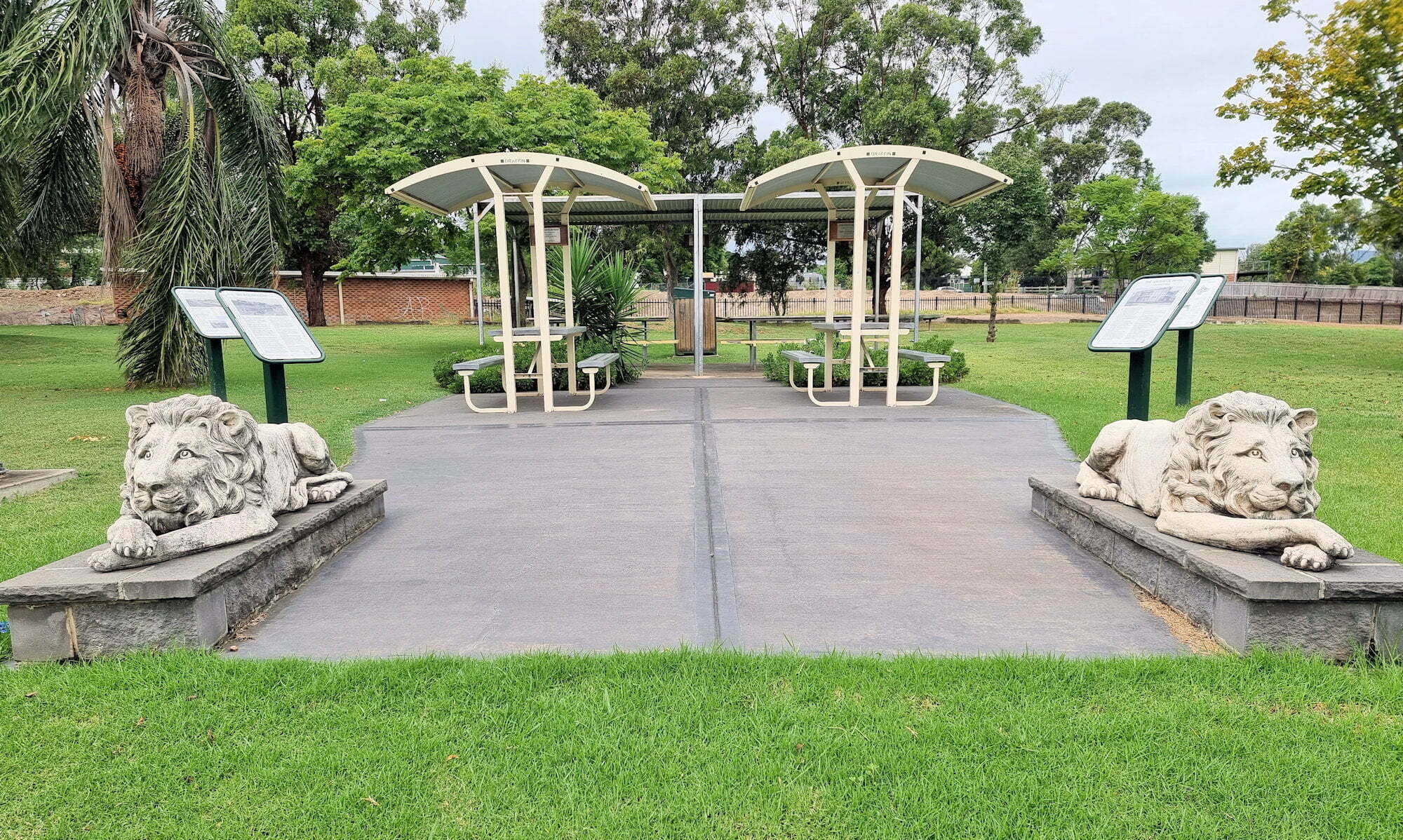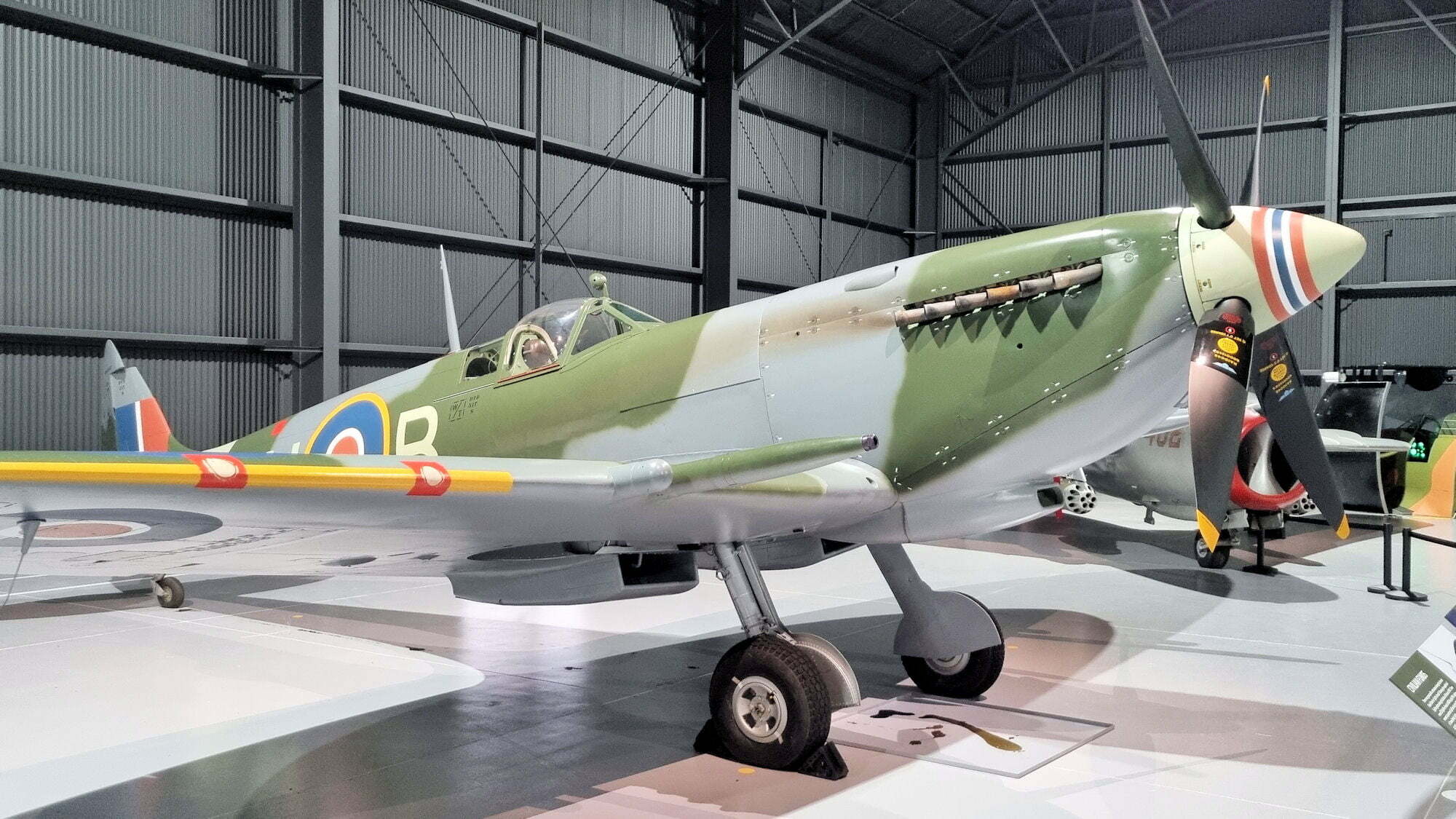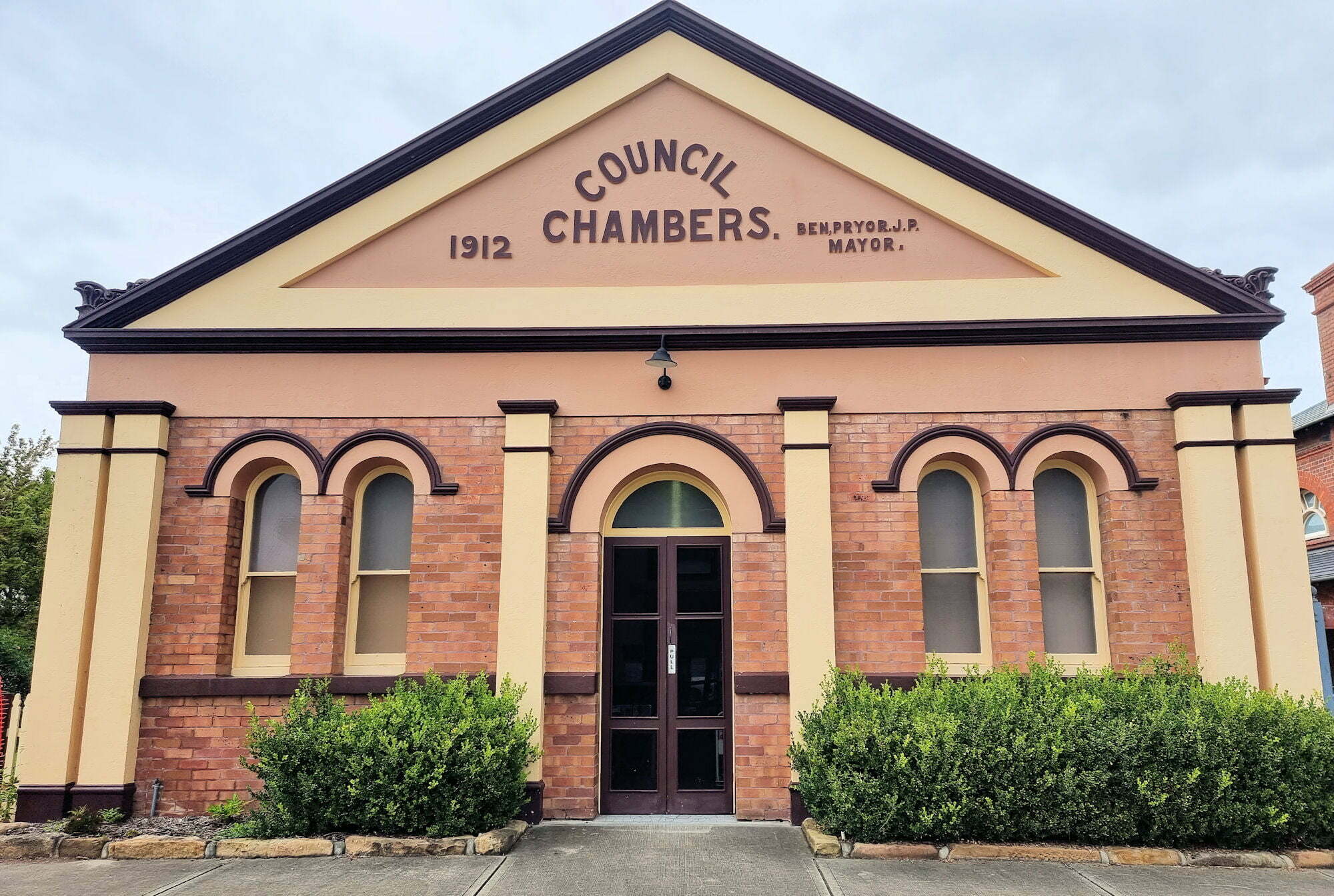Category: Hunter Valley
-
Aberdeen New South Wales Australia

Aberdeen New South Wales Australia Famous for its annual Highland Games festival, Aberdeen, New South Wales Australia (not to be confused with the one in Scotland) is surrounded by some of the richest horse studs in Australia. Apart from the Highland Games, we hadn’t stopped here before, because we are usually driving through on our… Read more
-
Hunter Warbirds Aviation Museum

Hunter Warbirds Aviation Museum Located in the Upper Hunter town of Scone, and opened in March 2022, Hunter Warbirds is Australia’s newest aviation museum. Designed to house aircraft and display them to visitors in the best possible way it’s a modern state of the art museum. By car Hunter Warbirds is 300km north of Sydney… Read more
-
Greta Museum and Migrant Camp

Greta Museum and Migrant Camp Located in the New South Wales Hunter Valley, Greta once housed a large Australian Army camp, which later became a post-war migrant camp. Little remains of the camp apart from foundations and scattered stones. If the local museum did not keep the memory alive, it might have been forgotten completely.… Read more